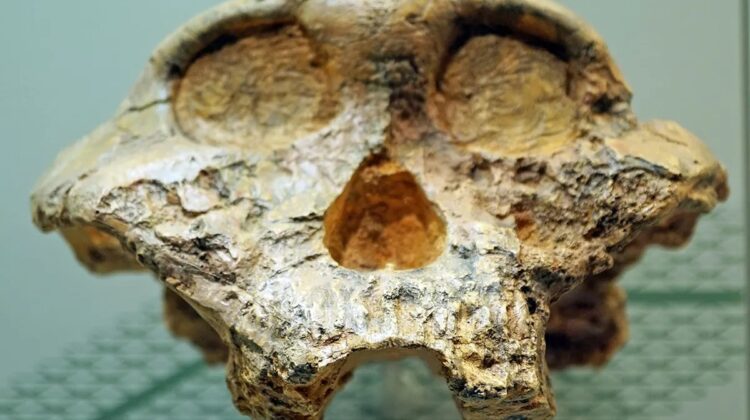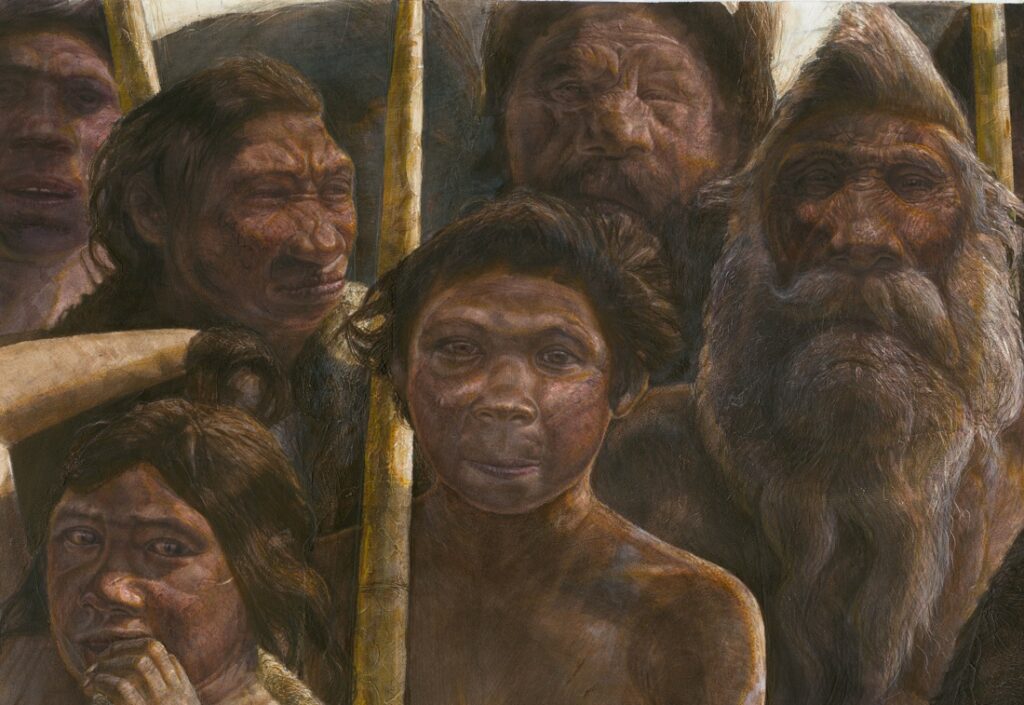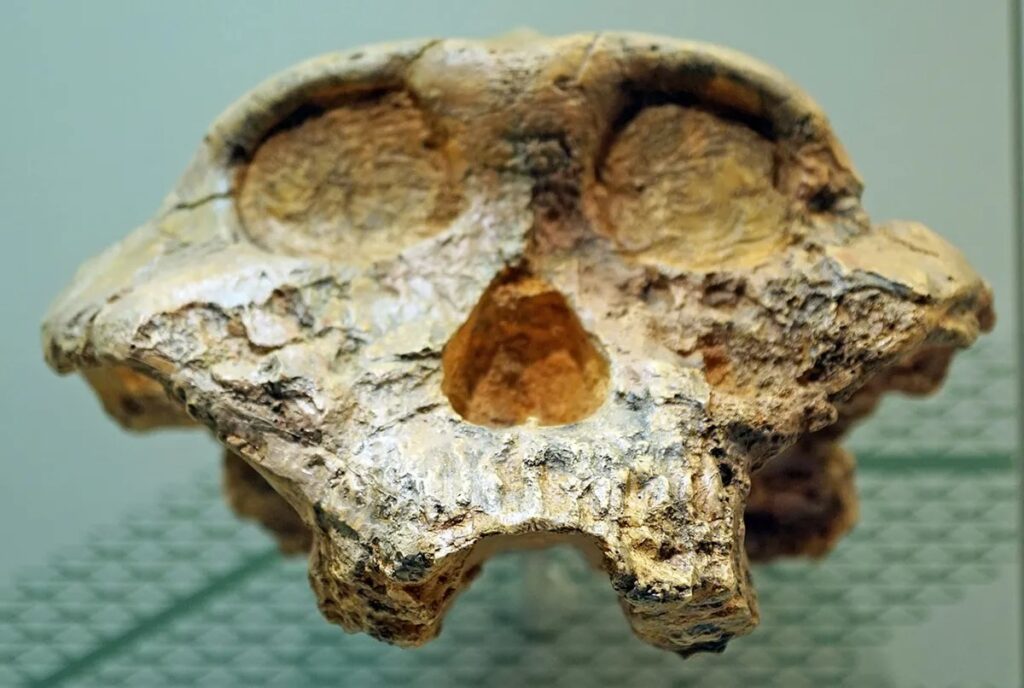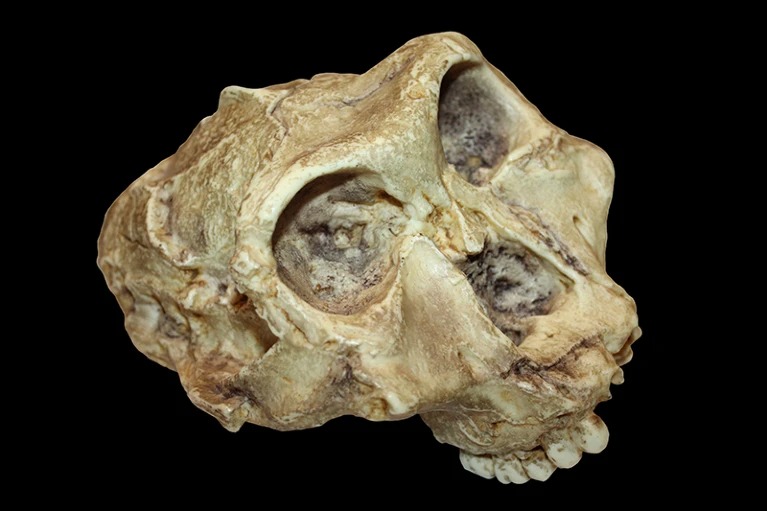
In a groundbreaking discovery, researchers have achieved the seemingly impossible – extracting genetic data from fossilized teeth dating back over two million years. These ancient teeth belonged to a long-extinct species of humans that once inhabited South Africa. The revelation marks a monumental milestone in paleoanthropology, offering invaluable insights into the human family tree.

The remarkable findings come from an as-yet unpublished study, where scientists divulge their groundbreaking success in recovering genetic information from a species called Paranthropus robustus. This ancient DNA retrieval is unprecedented, as no African hominin material older than 18,000 years had previously yielded ancient DNA.
The teeth, found in the Swartkrans cave, have endured the test of time, surviving millions of years due to flash flooding and a process called “extensive cementation,” which preserved enamel proteins. By employing mass spectrometry, researchers were able to sequence hundreds of amino acids from each tooth, uncovering the secrets locked within the ancient remnants.
The revelation provides invaluable data about P. robustus’s evolutionary relationships with other hominids. The study authors explain that Paranthropus is part of the human family but resides as an outgroup – a distant cousin – to more closely related species, including Homo sapiens, Neanderthals, and Denisovans that emerged in Eurasia in more recent times.

Intriguingly, the analyses unveiled an anomaly among the quartet of African individuals. One specimen appeared more distantly related to the other three, leading researchers to speculate it might have belonged to a distinct Paranthropus group.
Additionally, the study made it possible to determine the sex of two specimens by identifying a protein encoded by a gene present only on the Y-chromosome. This remarkable revelation identified two of the individuals as males, even though one had been previously categorized as female based on bone size. Conversely, the remaining two individuals showed higher concentrations of the X-chromosome version of the protein, indicating they were female.
While these genetic revelations offer critical information about the ancient hominin’s owners, they do not provide all the answers. Placing P. robustus accurately within the human family tree remains a complex puzzle. Nonetheless, the researchers believe this breakthrough constitutes a potentially transformative achievement in paleoanthropology.

The study, though not peer-reviewed, is accessible as a preprint on bioRxiv, tantalizing the scientific community with its groundbreaking implications for our understanding of ancient human history. This astounding feat of genetic recovery opens new doors to unraveling the mysteries of our evolutionary past and underscores the significance of preserving and exploring the rich tapestry of our shared human heritage.

Leave a Reply